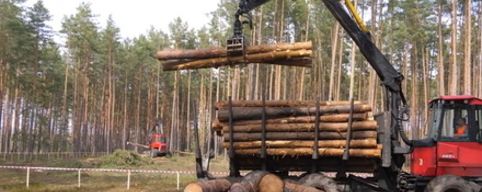

In 2017, at a meeting of the UNESCO World Heritage Committee held in Krakow, Poland, a decision of great environmental and cultural importance was made. The beech forests of the Synevyr National Nature Park became part of the joint site "Beech forests and ancient forests of the Carpathians and other regions of Europe". This decision is a significant step forward in preserving unique natural values of global scientific and environmental significance.
The inclusion in the UNESCO World Heritage List emphasizes the importance of the beech virgin forests of the Synevyr National Park at the international level. These forests are rare ecosystems that not only preserve enormous biodiversity but are also important for scientific research. They provide a glimpse of what large areas of Europe looked like before humanity began to significantly impact the landscape. This perspective is valuable not only for scientists, but also for all of humanity in its quest to understand and preserve the planet's natural heritage.
Inclusion in the UNESCO list helps to increase the level of protection of these natural sites. This decision draws international attention to the problem of preserving ancient forests, which is extremely important in a world where deforestation is a serious environmental threat. This gives parks additional opportunities to attract funding and investment in conservation, which in turn allows them to develop better models of natural resource management.
Being on the World Heritage List also means additional responsibilities for the state in terms of preserving and maintaining the conditions that ensure the inviolability of these sites. This includes not only legal protection, but also active efforts to control activities that may adversely affect unique areas.
Thus, the elevated protection status coincided with active steps at the national level to better preserve local ecosystems in the face of current challenges.
The decision to inscribe beech primeval forests on the World Heritage List also emphasizes the importance of international cooperation to preserve Europe's shared natural wealth. The beech forests of the Carpathians stretch across several countries, and their protection requires joint efforts. This cooperation is an example of how international agreements and decisions can help preserve natural resources for future generations.
In addition, it opens up new opportunities for the exchange of experience and best practices in the management of protected areas. Participation in such international initiatives helps to strengthen ties between states and scientific communities, helping to bridge the gap between political approaches to nature conservation.
The implementation of such decisions is an important part of ensuring the preservation of unique and pristine natural environments that are threatened by climate change, anthropogenic pressure and uncontrolled exploitation of natural resources. The beech forests of the Synevyr National Park are a vivid example of how joint efforts can strengthen the preservation of natural heritage and raise awareness of the value of nature at the global level.



